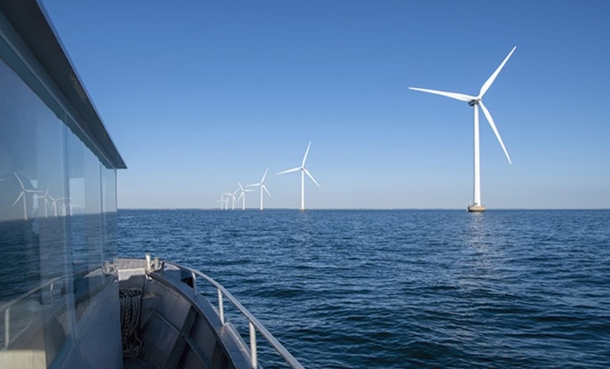
The pre-development ECC permits geophysical, geotechnical, marine, environmental, and social surveys. These studies will provide critical data for designing the offshore wind facility and evaluating potential environmental impacts. Yrel Ventura, PGEC’s assistant vice president for environment and community relations, stated: “With the pre-development ECC approval, we will now initiate the conduct of a systematic, comprehensive, and scientific study of the site’s physical and social setting that will not only meet international industry standards but provide factual basis for assessing development concerns.”
On April 29, the Department of Energy (DOE) certified the Northern Luzon project, located off Ilocos Norte, as an energy project of national significance, recognizing its potential to deliver long-term energy, economic, technological, and environmental benefits. The project is expected to be fully operational by 2030, contributing to the Philippines’ renewable energy goals.
BuhaWind Energy is also developing two other offshore wind projects, the 1-gigawatt Northern Mindoro and 1-gigawatt East Panay wind farms, both of which have received the same national significance certification from the DOE. These initiatives align with the Philippine government’s focus on expanding the domestic renewable energy sector to enhance energy security, reduce carbon emissions, and create local employment opportunities.
The Northern Luzon project, alongside the Northern Mindoro and East Panay developments, underscores BuhaWind Energy’s commitment to advancing sustainable energy solutions. By leveraging international expertise and local partnerships, the company aims to support the Philippines’ transition to cleaner energy while fostering economic growth and environmental stewardship in the region.